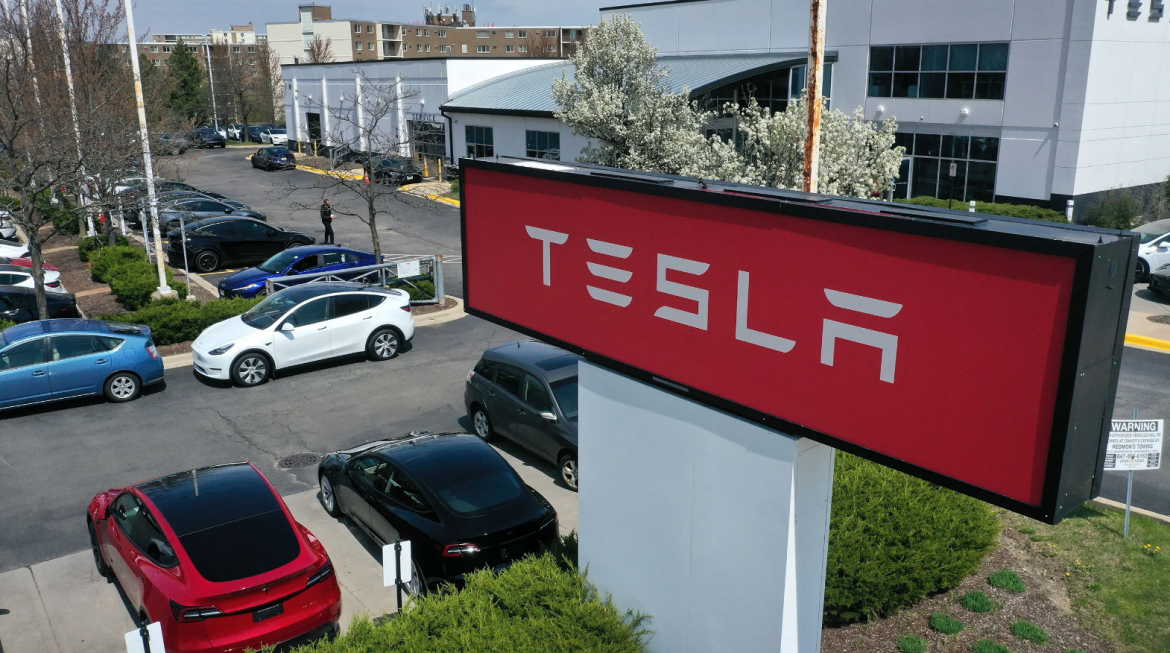Tesla has notably omitted its long-standing goal of delivering 20 million vehicles annually by 2030 from its latest impact report released on Thursday. This move signals a strategic pivot by the company away from prioritising electric vehicle production and towards concentrating its efforts on robotaxi development.
Originally announced by CEO Elon Musk in 2020, the ambitious 20 million vehicle target represented twice the sales volume of Toyota, the world’s largest automaker at the time. Despite reiterating this objective in previous impact reports for 2021 and 2022, Tesla has now effectively abandoned this benchmark.
Recent developments point to Tesla’s evolving priorities. The company has scrapped plans for an anticipated USD 25,000 mass-market vehicle model, instead emphasising autonomous driving technology as its primary growth driver. Tesla is scheduled to host a dedicated event on August 8th to unveil its robotaxi platform.
At a recent “Viva Technology” conference in Paris, Musk touted the potential impact of robotaxis and Tesla’s humanoid robot Optimus, describing them as “incredibly profound” for the company’s future. However, he declined to provide specifics on the timeline for Tesla’s affordable vehicle lineup when questioned.
While Musk previously indicated that new, more affordable models could launch as early as late 2023, Tesla has since pivoted to repurposing existing product lines for this purpose. Analysts suggest this strategic shift will likely result in smaller cost reductions and more modest volume growth than initially anticipated.
As Tesla redirects its focus, concerns have arisen regarding the company’s ability to maintain its ambitious growth targets and market dominance in the face of intensifying competition and fluctuating electric vehicle demand. Tesla’s sales grew by 38% in 2023, falling short of its 50% annual growth objective, and the company warned of significantly lower delivery growth for the current year.
To streamline operations, Tesla has implemented workforce reductions exceeding 10%, including the disbandment of its Supercharger team, a move that has raised questions about the potential impact on the performance of its fast-charging network.
While the company’s 2023 impact report highlighted a record 99.97% uptime for its Supercharger network, some industry analysts and former employees have expressed concerns about maintaining this level of service following the layoffs.
As Tesla navigates this strategic transition, the company’s approach to diversity and inclusion has also come under scrutiny, with the latest impact report omitting comparisons to industry peers and no longer asserting that underrepresented groups constitute a majority of its workforce.



